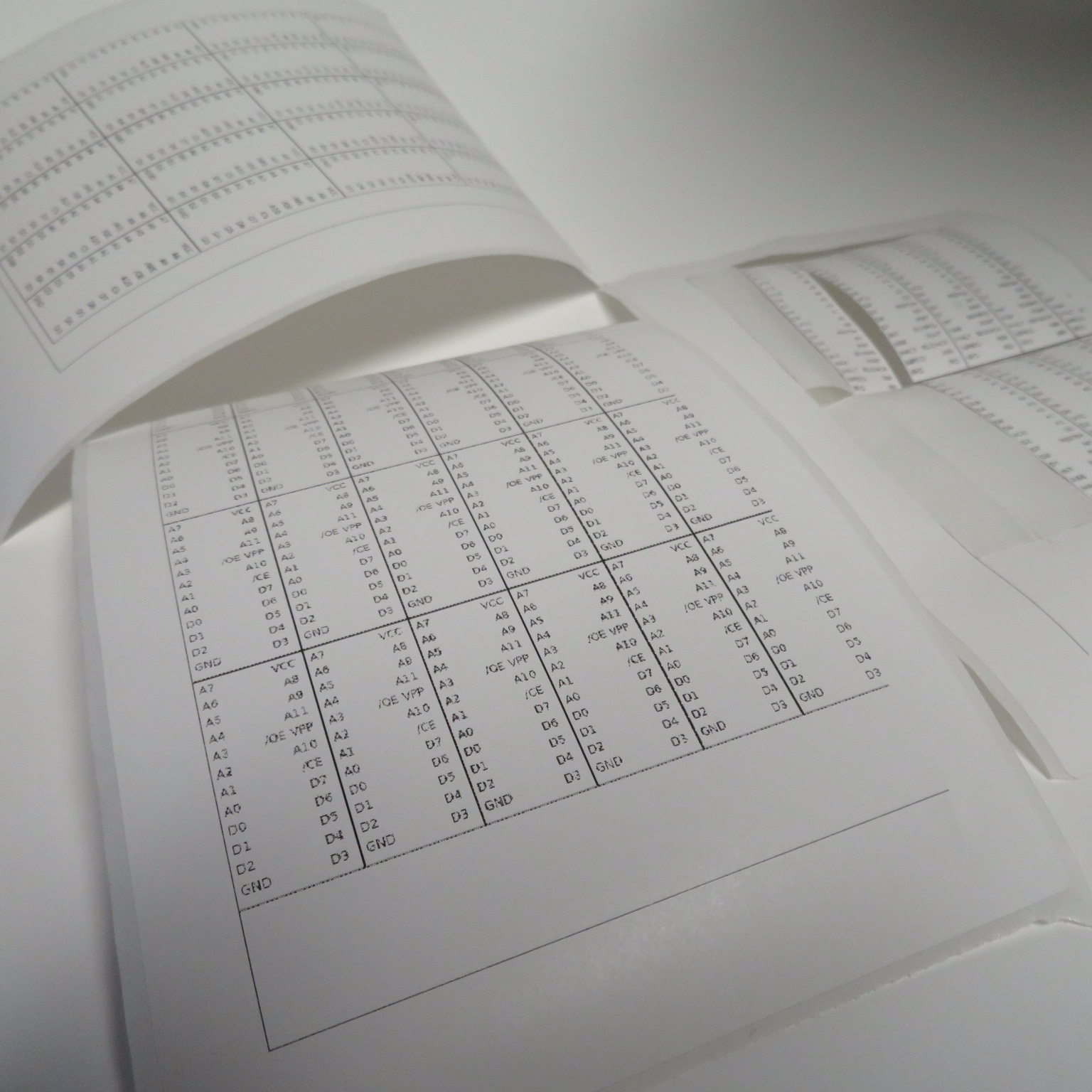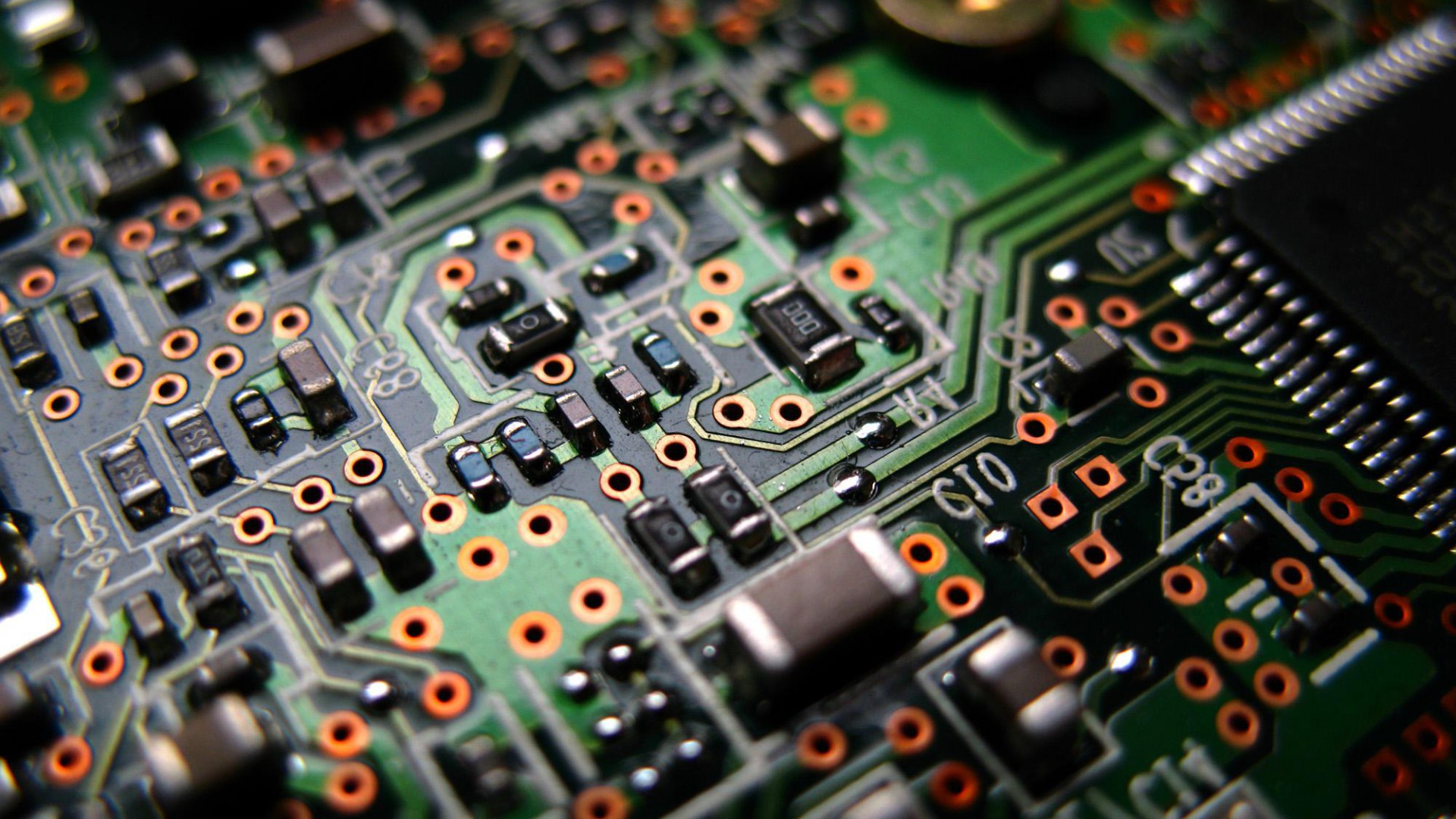I decided to spend the last couple of days working on completing the IC Pin Label / Sticker project and it is now online.
The tool will allow you to create an IC or a connector pinout label, on your label printer or a regular household printer, that will actually fit! The tool needs your printer’s DPI, pin list and pin spacing and it will generate any arbitrary pinout label. When printing you will need to disable scaling and print actual size for the label to fit.
Two sets of images can be created. A single image for small label makers, or tiled version for larger label maker (4×6″ or larger) so that labels can be fully utilized.

Once you create a label you can bookmark the URL and reprint it when needed without having to recreate it each time.
There is also a pretty comprehensive list of already predefined devices for you to use here. These can be edited before the labels are created.
There is a couple of bugs and missing functionality that still needs to be dealt with but 95%+ of the work has been done. Not bad for a couple of day’s effort.

